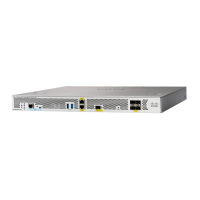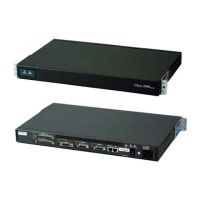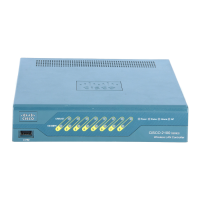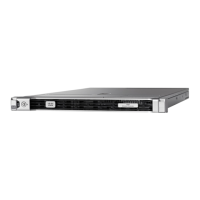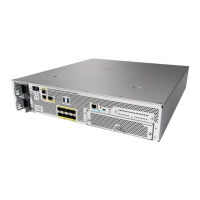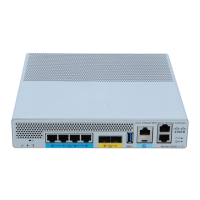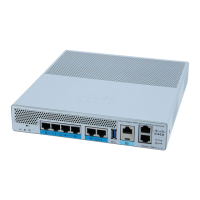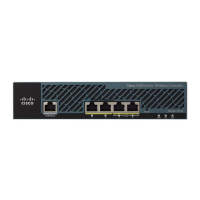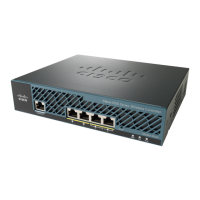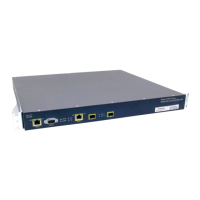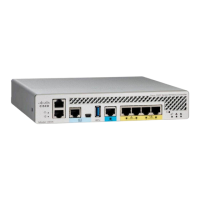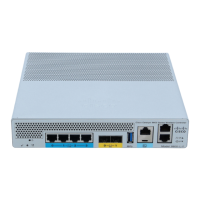5-64
Cisco Wireless LAN Controller Configuration Guide
OL-17037-01
Chapter 5 Configuring Security Solutions
Configuring and Applying Access Control Lists
Note ACL counters are available only on the following controllers: 4400 series, Cisco WiSM, and
Catalyst 3750G Integrated Wireless LAN Controller Switch.
Step 4 To add a new ACL, enter this command:
config acl create acl_name
You can enter up to 32 alphanumeric characters for the acl_name parameter.
Step 5 To add a rule for an ACL, enter this command:
config acl rule add acl_name rule_index
Step 6 To configure an ACL rule, enter this command:
config acl rule {
action acl_name rule_index {permit | deny} |
change index acl_name old_index new_index |
destination address acl_name rule_index ip_address netmask |
destination port range acl_name rule_index start_port end_port |
direction acl_name rule_index {in | out | any} |
dscp acl_name rule_index dscp |
protocol acl_name rule_index protocol |
source address acl_name rule_index ip_address netmask |
source port range acl_name rule_index start_port end_port |
swap index acl_name index_1 index_2}
Refer to Step 7 of the “Using the GUI to Configure Access Control Lists” section on page 5-55 for
explanations of the rule parameters.
Step 7 To save your settings, enter this command:
save config
Note To delete an ACL, enter config acl delete acl_name. To delete an ACL rule, enter config acl rule
delete acl_name rule_index.
